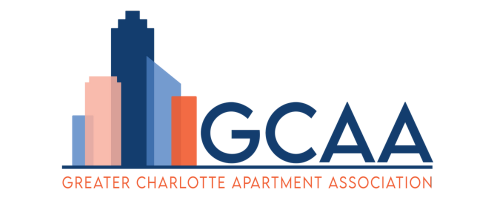The Middle-Income Housing Tax Credit – Adding Another Useful Tool to the Toolbox
The Low-Income Housing Tax Credit (LIHTC) Program is well known for being one of the most successful affordable housing production programs. LIHTC is a public/private partnership that leverages federal funding with private investment to produce rental housing affordable to low-to moderate income households. Our nation has depended on this program to provide much needed rental housing for lower income individuals and families.
During these post-pandemic times, we have realized that the gap of need has widened and the number of families who have fallen into the category of needing workforce housing has increased significantly. According to a recent Report by SmartAsset, the average rent for a two-bedroom apartment in Charlotte is $1,647 a month meaning an annual income of $70,582 is needed. Incomes for all ranges continue to rise but are not keeping up with the cost of housing.
Senate Finance Committee Ranking Member, Ron Wyden proposed to introduce the Middle-Income Housing Tax Credit (MIHTC) as part of S. 2820, the DASH Act -Decent, Affordable, Safe Housing for all Act. This bill provides grants, loans, tax credits, and other assistance to promote the building, maintenance, and affordability of housing. Sen. Wyden initially introduced the MIHTC in 2016 and then again in 2018.
The MIHTC program would be modeled after the LIHTC program and would provide tax credit to build housing available to middle income Americans. Similar to LIHTC, the credit would pay fifty percent (50%) of qualifying costs over fifteen (15) years as long as 60% of the homes in the development are available to households earning 100% of area Median Income (AMI) or less for a term of thirty (30) years.
The apartment industry supports this proposal and agrees that the MIHTC program is necessary to construct workforce housing that working households can afford and so desperately need.
